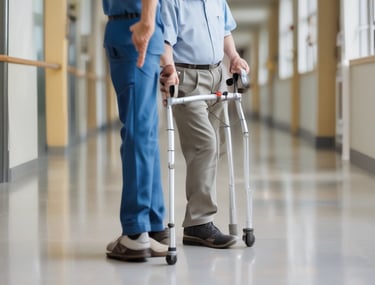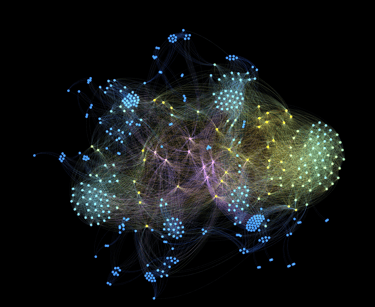Manfredsson
Labs
Advancing Parkinson's Disease Research Through Computational and Molecular Biology
Unlocking Hope: Accelerating Parkinson's Disease Treatment Discovery Through Coordinated Research
At Manfredsson Labs, our mission is to revolutionize the understanding of Parkinson's disease and related neurodegenerative pathologies through innovative research. Harnessing the power of multi-omics genetic technologies, next generation computational methods, high-performance computing, and mechanistic molecular biology, we are tirelessly searching for the next treatment option.
Innovative Research Approaches
Commitment to Real-World Impact
Having witnessed Parkinson's disease at various stages, we are aware of the toll it takes on the body and mind of sufferers and caregivers. At Manfredsson Labs, we are ever mindful that this disease is more than the neuropathology we study. We conscientiously strive to make meaningful and long-lasting impacts on research, ultimately aiming to improve patient outcomes.
Collaborative Research
We leverage collaboration and cutting-edge technologies to unlock new insights into Parkinson's disease. We firmly believe that it is only though collaboration with multidisciplinary experts and incorporation of polyvalent research teams that the next avenue of treatments can be unveiled and implemented. In addition to developing cutting-edge research with other laboratories, we are developing a new platform for Parkinson's disease research collaboration that incorporates data sharing, thorough explanation of wet lab and computational techniques, and reference resources. It is our hope that this will provide an asset for current and future generations of scientists and clinicians.
Research Goals


Clinical disease


Pioneering computational tools
To understand the symptomology of Parkinson's disease, with a focus on the treatment of levodopa-induced dyskinesia and nonmotor symptoms experienced by nearly all patients with Parkinson’s disease
By utilizing patient data, new discoveries and confirmation of computational findings are leading to innovative therapies and personalized treatment strategies for Parkinson's disease. Ultimately paving the way for improved patient outcomes and quality of life.
To develop advanced computational tools and make them available for use and critique by the larger scientific community
Collaboration with a network of senior bioinformaticists and access to high-performance computing facilities is accelerating our understanding of the disease, uncovering novel associations between pathology and genetic architecture as well as fostering new insights into known disease mechanisms.
To foster the next generation of scientists through instruction and mentoring of undergraduate and graduate students.
Through providing hands-on training and continuing guidance, students are able to develop projects and present findings under the auspices of senior researchers. In addition to this, an online database is in development that will become a crucial resource for Parkinson's disease data integration.


Disease mechanisms
To understand the role of the protein alpha-synuclein and processing variants in healthy cells and those affected by Parkinson’s disease.
With state-of-the-art facilities and innovative mechanistic approaches including next generation -omics technologies and novel vector delivery protocols, research is focused on accelerating discovery of key pathways involved in neurodegeneration and rescue from disease progression.



